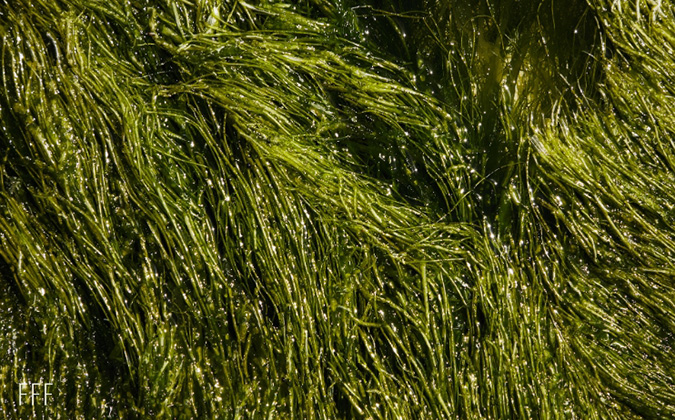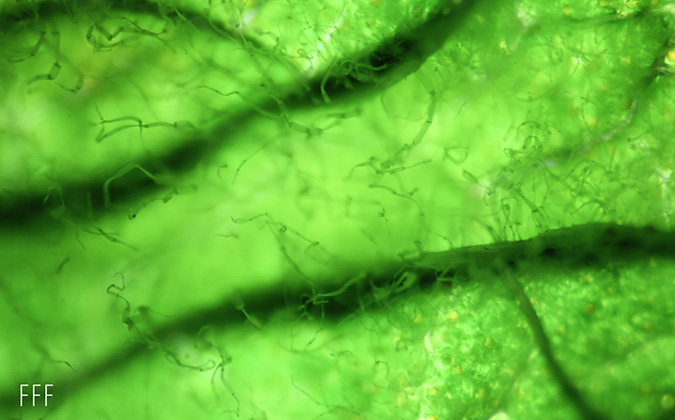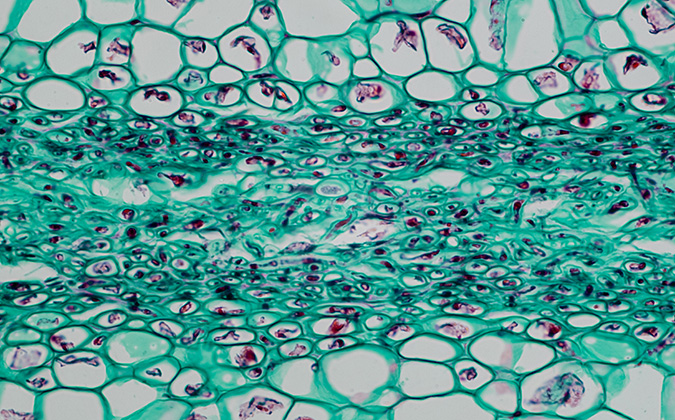
Antibiotic resistance research sounds warning for Vietnamese freshwater aquaculture
High levels of antibiotic resistance have been found in samples of the bacterium Aeromonas hydrophila extracted from farmed freshwater fish as part of a study in Northern Vietnam, underlining the need for more responsible disease management practices in the region.
506 diseased tilapia, carp and channel catfish were tested for A. hydrophila, which causes hemorrhagic septicemia, with 236 isolates recovered. Of those positive identifications, 88.9% harbored at least one gene associated with virulence.
The researchers explored resistance to a range of commonly used antibiotics, finding that 74.7% of the isolates scored higher than 0.2 on the multiple antibiotic resistance index – with some scoring far higher. This means that the environment where the bacteria were sampled presents a significant risk of antibiotic contamination.
A wake-up call for industry?
Uncontrolled use of antibiotics in aquaculture systems can lead to reservoirs of resistant bacteria, which can spill over from fish and the aquatic environment to human pathogens and humans directly. Monitoring antibiotic susceptibility among the industry’s predominant bacterial pathogens is crucial, the researchers explained.
“This is the first study carried out on a wide range of important cultured freshwater fish in the Northern Vietnam where the intensive farming systems have been expanded rapidly in recent years. The result reveals that antibiotic resistance of A. hydrophila in freshwater fish farming in Vietnam is close to the situation occurring in many other countries and adds to the global concerns,” they said.
No significant differences were observed in detection of A. hydrophila between the fish species, with the researchers suggesting that cage culture with multiple species together in open systems, as well as inadequate water management in ponds, led to similar infection rates between fish, and similarly favorable conditions for the pathogen.
With the three fish studied the most commercially important in freshwater aquaculture, the results offer a warning to fish farmers and aquaculture managers in the region, they said, with greater awareness needed on judicious use of antibiotics, as well as alternatives such as vaccination, herbal therapy and phages.
To view the full article in Antibiotics, click here.
Posted on: August 18, 2021






